What Is A Good Size Day Pack ?
A good size day pack typically ranges between 20-30 liters in capacity.
1、 Capacity: Determining the ideal volume for a day pack
Capacity: Determining the ideal volume for a day pack
When it comes to choosing a day pack, determining the ideal volume is crucial. A good size day pack should strike a balance between being spacious enough to carry all your essentials, yet not too bulky or heavy to hinder your mobility. The latest point of view suggests that a day pack with a capacity of around 20-30 liters is generally considered ideal.
A 20-30 liter day pack provides enough room to carry essentials such as water, snacks, extra layers of clothing, a first aid kit, and other personal items. This capacity allows for flexibility, accommodating different activities and weather conditions. Whether you're going on a day hike, exploring a city, or embarking on a short outdoor adventure, a day pack of this size should be sufficient.
However, it's important to note that the ideal volume may vary depending on individual preferences and specific needs. Some people may prefer a smaller day pack for lighter activities, while others may require a larger pack for more gear-intensive pursuits. Additionally, factors such as body size, personal comfort, and the duration of your outing should also be taken into consideration.
Ultimately, the best way to determine the ideal size for your day pack is to try it on and assess how it feels. Ensure that it fits comfortably on your back, with adjustable straps to distribute the weight evenly. Consider the number of compartments and pockets available to organize your belongings efficiently.
In conclusion, a day pack with a capacity of around 20-30 liters is generally considered a good size. However, personal preferences, specific needs, and individual comfort should also be taken into account when selecting the ideal volume for your day pack.
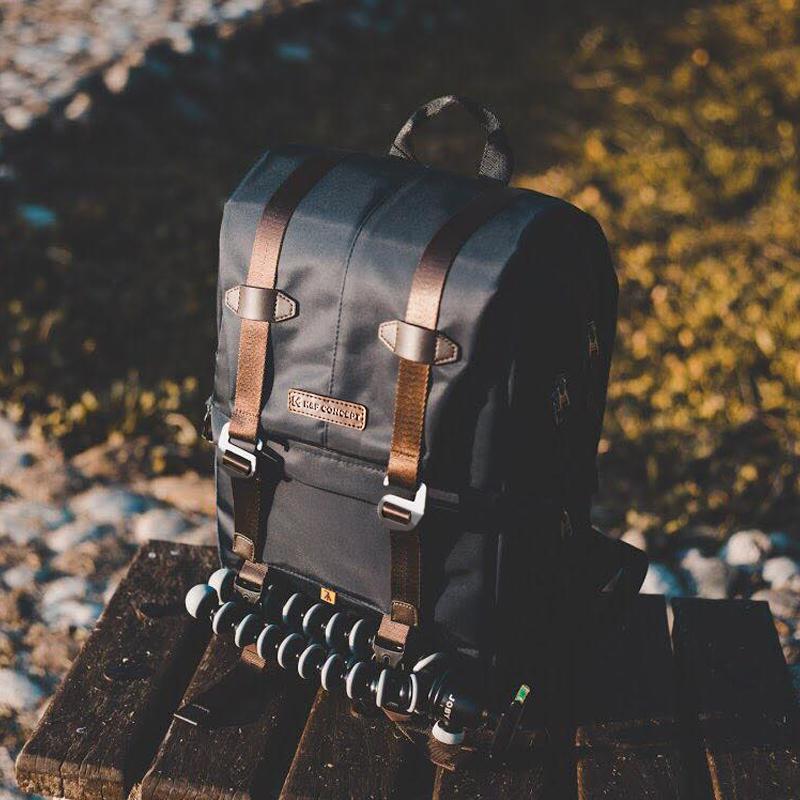
2、 Weight: Considering the weight of a suitable day pack
What is a good size day pack? When considering the weight of a suitable day pack, there are a few factors to take into account. The ideal size of a day pack depends on the intended use and personal preferences.
For day hikes or short outdoor adventures, a day pack with a capacity of around 20-30 liters is generally sufficient. This size allows for carrying essential items such as water, snacks, extra clothing layers, a first aid kit, and a camera. It is important to strike a balance between having enough space to carry necessary items and not overloading the pack with unnecessary weight.
However, it is worth noting that the latest point of view on day pack size suggests that smaller is often better. With advancements in lightweight gear and a growing emphasis on minimalism, many outdoor enthusiasts are opting for smaller day packs with capacities ranging from 10-20 liters. These packs are designed to carry only the essentials, promoting a lighter and more comfortable hiking experience.
Ultimately, the choice of day pack size depends on individual needs and preferences. Some may prefer a larger pack to accommodate extra gear or for longer hikes, while others may prioritize a smaller and more streamlined pack for a lighter load. It is important to consider the weight of the pack itself, as a heavier pack can quickly become burdensome on longer hikes.
In conclusion, a good size day pack is one that strikes a balance between carrying necessary items and keeping the weight manageable. Whether it is a 20-30 liter pack or a smaller 10-20 liter pack, the choice should be based on personal needs, preferences, and the latest trends in lightweight hiking gear.
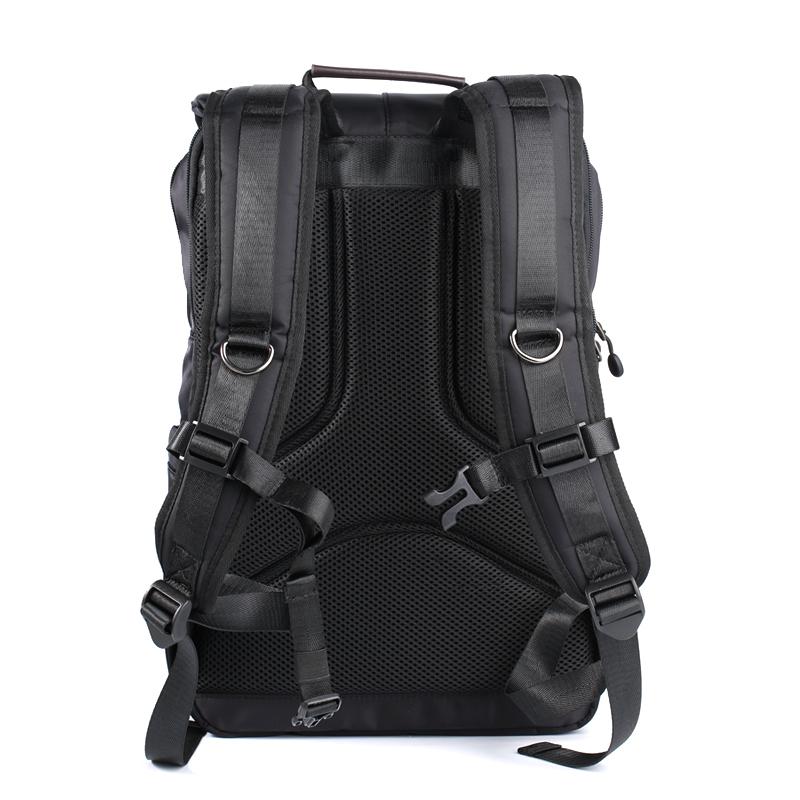
3、 Comfort: Ensuring comfort and ergonomic design in a day pack
A good size day pack is one that provides comfort and ergonomic design. Comfort is a crucial factor when choosing a day pack as it directly affects the overall experience of carrying it for extended periods. The pack should have padded shoulder straps and a back panel that offers sufficient ventilation to prevent excessive sweating and discomfort. Additionally, a waist belt can help distribute the weight evenly and reduce strain on the shoulders.
Ergonomic design is equally important as it ensures that the day pack is well-suited to the body's natural movements. The pack should have adjustable straps and multiple compartments to allow for efficient organization and easy access to items. It should also have a sturdy frame or structure to maintain its shape and prevent sagging, which can cause discomfort and affect balance.
In terms of size, a good day pack should be spacious enough to carry essential items such as water bottles, snacks, extra clothing, and personal belongings. However, it should not be too large or bulky, as this can hinder mobility and become cumbersome. A capacity of around 20-30 liters is generally considered suitable for day hikes or urban adventures.
It is worth noting that the latest point of view on day pack size emphasizes versatility and adaptability. Some day packs now come with expandable compartments or compression straps that allow for easy adjustment of the pack's size based on the user's needs. This flexibility ensures that the pack can accommodate varying amounts of gear without compromising comfort or functionality.
Ultimately, the ideal size of a day pack depends on individual preferences and the specific activities it will be used for. It is essential to consider comfort and ergonomic design as primary factors when selecting a day pack, ensuring an enjoyable and hassle-free experience on any adventure.

4、 Organization: Evaluating the organization features of a day pack
What is a good size day pack? Evaluating the organization features of a day pack is crucial in determining the ideal size. A good day pack should have enough space to carry all your essentials while keeping them organized and easily accessible.
When considering the size of a day pack, it is important to think about the activities you will be engaging in. If you are planning a short hike or a day trip, a day pack with a capacity of around 20-30 liters should suffice. This size allows you to carry essentials such as water, snacks, extra clothing layers, and a camera.
However, if you are planning a longer adventure or need to carry additional gear, a larger day pack with a capacity of 30-40 liters may be more suitable. This size provides enough space for extra clothing, a rain jacket, a first aid kit, a lunch, and other necessary items.
In terms of organization features, a good day pack should have multiple compartments and pockets. This allows you to separate and organize your belongings, making it easier to find what you need quickly. Look for a day pack with a main compartment, front pockets, side pockets, and internal pockets for smaller items like keys or a wallet.
Additionally, consider the accessibility of the day pack. A good day pack should have a combination of top-loading and front-loading options, allowing you to easily access your belongings without having to unpack everything.
In the latest point of view, some day packs now come with specialized compartments for laptops or hydration bladders, catering to the needs of modern travelers and outdoor enthusiasts. These additional features can enhance the organization and functionality of the day pack.
Ultimately, the ideal size of a day pack depends on your specific needs and preferences. Consider the activities you will be undertaking, the amount of gear you need to carry, and the organization features that will best suit your requirements.
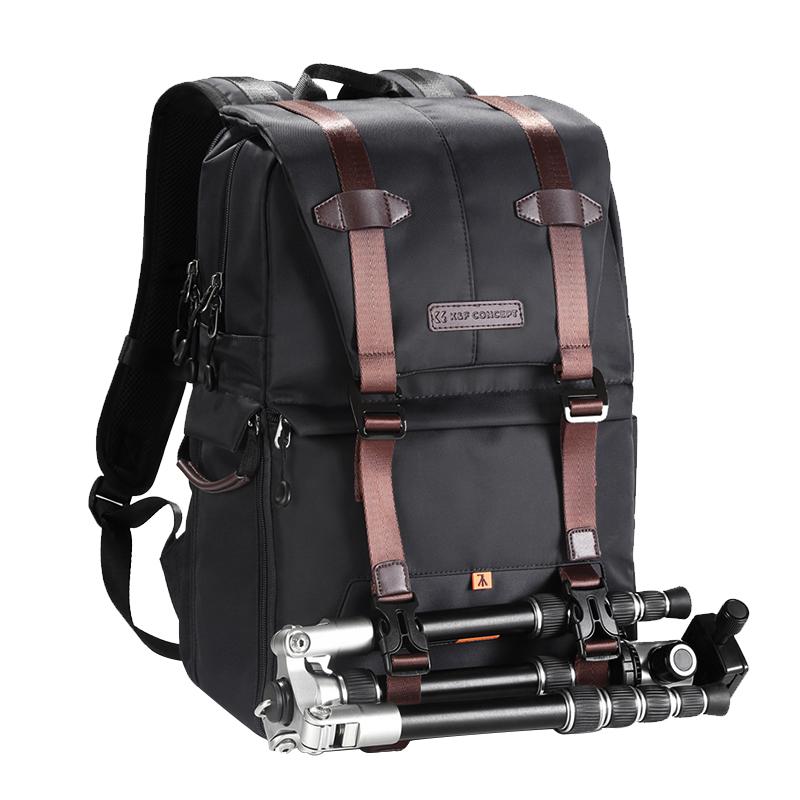

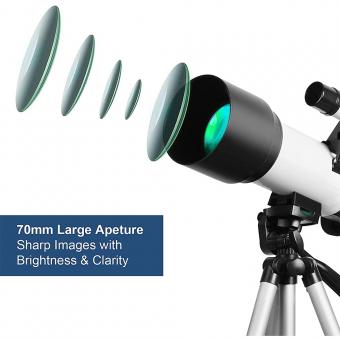








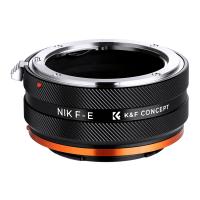

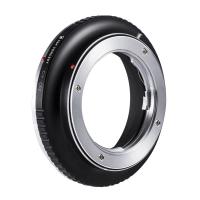

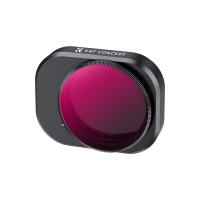


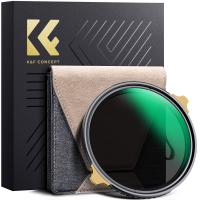

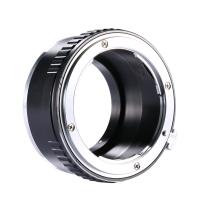


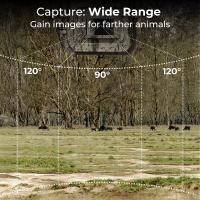

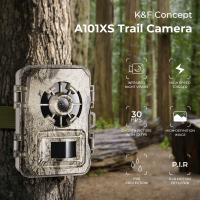
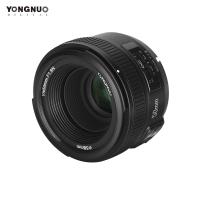
There are no comments for this blog.